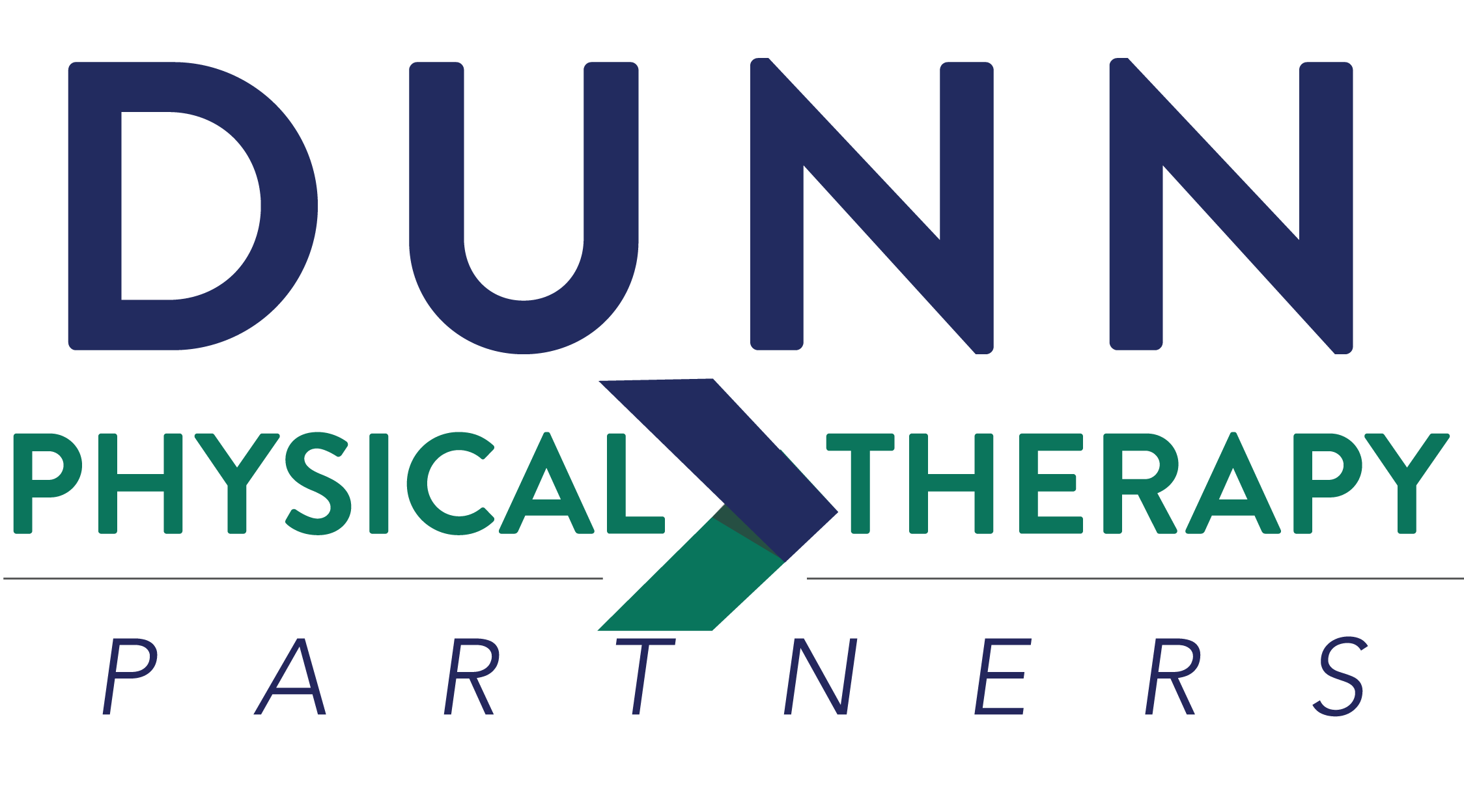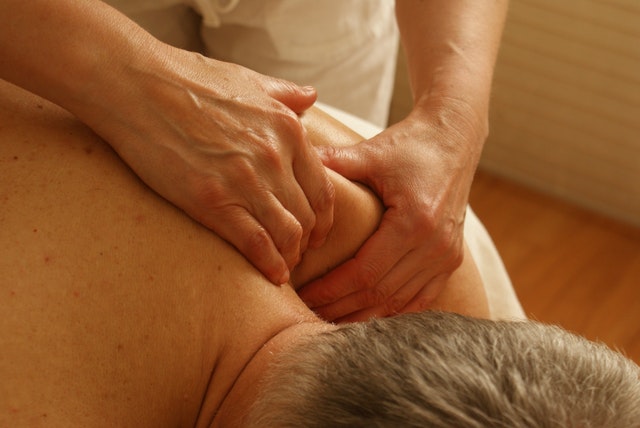A form of physical therapy where therapists manipulate your body with no only their hands.
Manual Therapy
With all the advanced equipment available in modern physical therapy, it’s sometimes hard to remember that our best tools can be our own two hands. Manual physical therapy is just that: therapists manipulating your body with no tools except their hands. It’s a vital, foundational component of Physical Therapy Partner’s approach to patient care.
What Techniques Are Used?
Manual therapy can assist in assessing your problem and your body’s responses to movement, but it is not strictly a diagnostic tool. It is typically used in conjunction with therapeutic exercises, activities, and training specific to the problem you need addressed.
So what does that mean for you? Physical Therapy Partners utilize manual approaches that include but are not limited to the following:
- Mobilization/manipulation: this technique uses varied, careful movements of body parts to assist tissues and bones in healing. Movements use varying speeds, forces, and distances to carefully restore flexibility and alignment.
- Soft tissue work: any form of applying direct pressure to muscles. Eases pain, relaxes tight muscles and can increase circulation. Soft tissue work breaks up inelastic tissue called myofascial adhesions.
- Strain-counterstrain: an exercise where you are brought to the edge of comfortable motion, then slowly and carefully eased into it. This resets muscle tension and helps accelerate healing.
- Stretching: increases muscle elasticity and improves tone.
- Proprioceptive Neuromuscular facilitation: applying manual resistance to facilitate a motor response to increase muscle activation, mobility or stability
What Is It Useful For?
A skilled manual therapist utilizes their hands both to assess the problem and to make a deliberate change to correct the problems. This assessment and intervention is ongoing throughout the session. Careful manipulation of the joints and soft tissues can often tell us more about your condition; for instance, the irritability of the tissues, the adhesions or trigger points and tightness present, or the health of the joints as the bones move in response to our pressure. It is also used to restore mobility to injured areas, typically by “reintroducing” these areas to activity through careful movements. Manual therapy can also be used to loosen tight tissues around a joint and reduce pain.
Manual therapy is not a one-size-fits-all approach. Your PT will choose each approach carefully depending on the nature and location of your injury.

